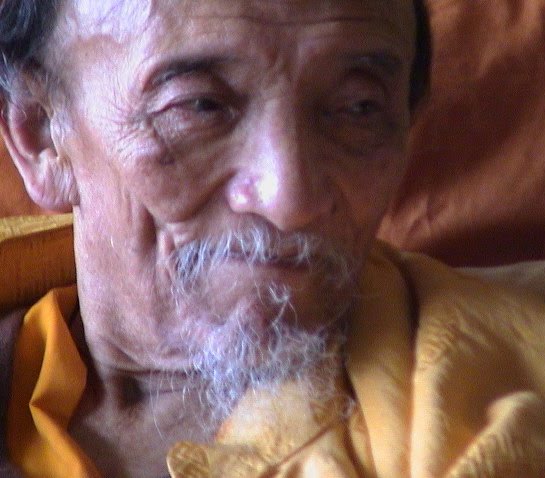

Sakya literally means “pale earth,” as the earth in the area is noted for its pale gray color. The second case is more common, as there are only a couple families that pass on the title at birth, the Sakya Khon family and the Nyingma Mindroling Trichen family.Ĭan you share a little about the Sakya Khon family and what’s unique about the Sakya jetsunmas? The Sakyas are a spiritual family that began in the 11th century in a place in Tibet that is now known as Sakya. What is a jetsunma, and how does someone receive the title? Jetsunma is the feminine form of the word jetsun, and it means “one worthy of worship” or “venerable woman.” There are very few women who have this title, and there are two ways to receive it: either someone is born into a particular family and is given the title at birth, or a community or a lama recognizes them as a great practitioner and confers the title. Tricycle sat down with Benard to discuss the extraordinary lives of these women, including two contemporary jetsunmas who are still practicing today how the jetsunmas have grappled with histories of persecution and exile and how they’re shaping the future of the tradition. This multigenerational collection of biographies is the first book written in English about the Sakya jetsunmas, and it draws extensively from archival research, oral histories, and interviews with living members of the Khon family. In the new book The Sakya Jetsunmas: The Hidden World of Tibetan Female Lamas, scholar Elisabeth Benard brings the stories of these women to light. They have played a pivotal role in the development of the Sakya tradition within Tibetan Buddhism, and yet they often remain nameless in historical accounts of the Khon family lineage. Known as jetsunmas (venerable women), these women begin studying Tibetan at the age of six and train with the highest lamas of their time. Though many of the men within the Khon family are well known, the stories of female adepts are rarely shared. Kalu Rinpoche bent very slowly to the Tibetan monk near to him who was serving as the translator, and they whispered back and forth for several minutes.For over a thousand years, the Sakya Khon family has trained both its sons and daughters as great spiritual teachers.


"What is this?" the Zen master insisted, holding the orange up to the Tibetan's nose. The Tibetan sat quietly fingering his mala and made no move to respond. "What is this?" This was a typical opening question, and we could feel him ready to pounce on whatever response he was given. The Zen master, who was already gaining renown for his method of hurling questions at his students until they were forced to admit their ignorance and then bellowing, "Keep that don't know mind!" at them, reached deep inside his robes and drew out an orange. The Tibetan lama sat very still, fingering a wooden rosary (_mala_) with one hand while murmuring, _"Om mani padme hum"_ continuously under his breath.

They settled onto cushions in the familiar cross-legged positions, and the host made it clear that the younger Zen master was to begin. The two monks entered with swirling robes - maroon and yellow for the Tibetan, austere grey and black for the Korean - and were followed by retinues of younger monks and translators with shaven heads. This was to be a high form of what was being called _Dharma_ combat (the clashing of great minds sharpened by years of study and meditation), and we were waiting with all the anticipation that such a historic encounter deserved. The teachers, seventy-year-old Kalu Rinpoche of Tibet, a veteran of years of solitary retreat, and the Zen master Seung Sahn, the first Korean Zen master to teach in the United States, were to test each other's understanding of the Buddha's teachings for the benefit of the onlooking Western students.


 0 kommentar(er)
0 kommentar(er)
